Disclosure: This article contains affiliate links. We may earn a commission from purchases at no extra cost to you, which helps our travel content.
Growing up with Filipino heritage, I've always felt drawn to reconnect with my father's homeland. As an engineer fascinated by both historical architecture and sustainability, Vigan represents the perfect intersection of my passions—a living museum of Spanish colonial architecture that has managed to preserve its cultural identity while adapting to modern needs. When my Pittsburgh colleagues suggested bringing my niece and nephew along on my latest Philippines trip, I initially hesitated. Would a UNESCO World Heritage site filled with centuries-old buildings captivate young minds? The answer was a resounding yes, and what unfolded was a weekend of discovery that bridged generations and cultures in ways I never anticipated. The cobblestone streets that once carried horse-drawn carriages now became pathways to adventure for small feet, and engineering marvels of the past transformed into interactive learning experiences.
Navigating Calle Crisologo: A Living History Lesson
The heart of any Vigan experience is undoubtedly Calle Crisologo, where Spanish colonial architecture stands preserved in remarkable condition. Rather than simply pointing out architectural features to the kids as we might in a museum, we turned our exploration into an interactive scavenger hunt.
I created simple worksheets highlighting distinctive architectural elements—capiz shell windows, brick-and-wood combinations, and the famous bahay na bato (stone house) design. The children earned points for spotting these features, with bonus points for correctly guessing their practical functions. What might seem like mere decorative elements to the untrained eye are actually brilliant engineering adaptations to the Philippine climate.
'Uncle Robert, is this window made of shells because they didn't have glass?' my 8-year-old niece asked, touching a translucent capiz window. This sparked a conversation about how these windows allowed diffused light and cool air to enter while blocking direct tropical sun—a natural climate control system that predated air conditioning by centuries.
To keep everyone comfortable during our exploration, I brought along a compact cooling towel that proved invaluable in the tropical heat. A quick soak in water kept the kids cool for hours as we wandered the historic streets.
The real highlight came when we hired a kalesa (horse-drawn carriage)—not just as transportation but as a physics lesson. I explained how these carriages represented efficient energy transfer, and our driver, Manong Eduardo, demonstrated how different wheel designs evolved over centuries. The children were far more engaged learning about mechanical advantage while actually experiencing the gentle sway of carriage suspension than they ever would be from a textbook.

💡 Pro Tips
- Visit Calle Crisologo early morning (7-9am) to avoid both crowds and midday heat
- Create simple scavenger hunt worksheets with architectural elements for kids to spot
- Negotiate kalesa rides in advance—₱150 for 30 minutes is reasonable
Hands-On Heritage: Workshops That Captivate Young Minds
One challenge of traveling with children is balancing education with entertainment. Vigan excels at offering experiences where the two seamlessly blend together. The Pottery Quarter (Pagburnayan) became our laboratory for materials engineering disguised as play.
At RG Jar Factory, we watched master potters transform clay into the iconic burnay jars—large vessels traditionally used for fermenting sugarcane wine and storing bagoong (fermented fish paste). What makes this experience particularly special is that visitors can try their hand at the potter's wheel.
'The clay feels different than I expected,' my nephew observed as he pressed his small hands into the spinning mass. This opened a discussion about material properties, local soil composition, and how the firing process transforms molecular structure—all concepts I study in renewable energy applications, but made accessible through tactile experience.
For families visiting Vigan, I highly recommend bringing a waterproof camera that can withstand clay-covered fingers and water splashes. The kids took turns documenting their pottery attempts, creating both memories and impromptu lessons in photography composition.
Another hands-on highlight was our visit to a traditional abel (weaving) workshop. The mathematical precision required in traditional Ilokano weaving patterns provided a natural entry point to discuss geometry and pattern recognition with the children. The workshop owner, Manang Gloria, showed remarkable patience in letting young hands try the simpler aspects of the loom operation.
'Each thread has a purpose, just like each part of a building needs to be exactly where it belongs,' I explained, drawing parallels between textile engineering and the structural engineering principles I work with daily. The kids were fascinated by how the simple up-and-down movement of threads could create such complex designs.
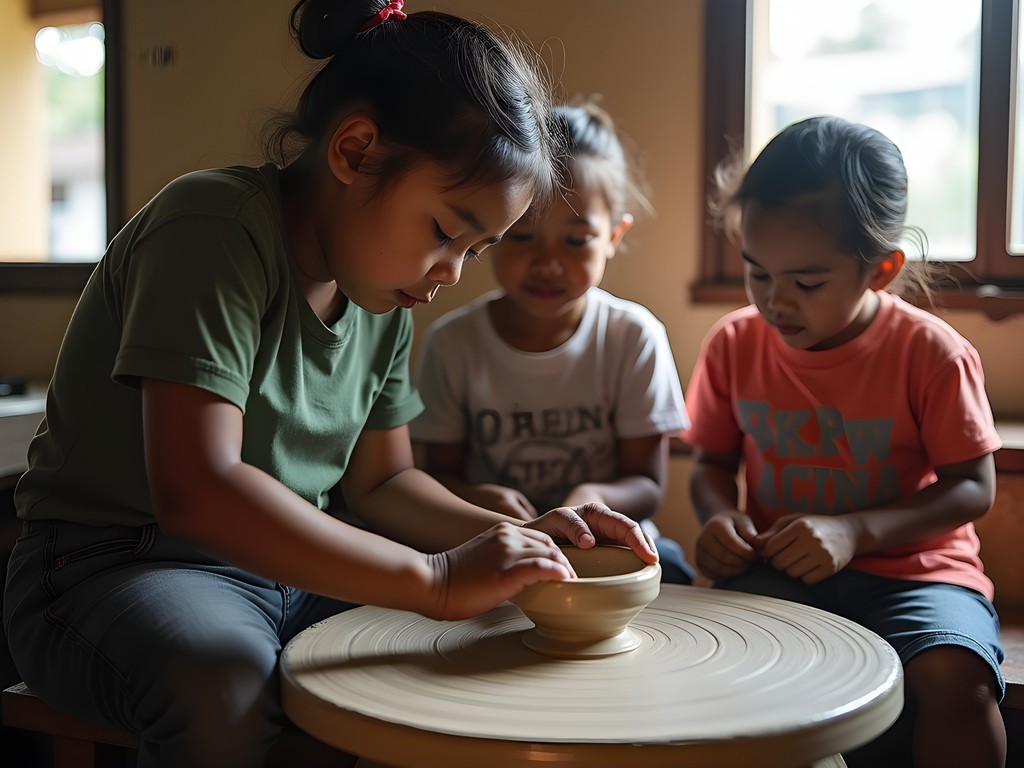
💡 Pro Tips
- Schedule pottery workshops in the morning when temperatures are cooler
- Bring a change of clothes for kids after pottery activities
- Purchase small, affordable weaving samples as souvenirs rather than fragile pottery
Culinary Adventures: Turning Picky Eaters into Food Explorers
Food often presents the greatest challenge when traveling with children, especially when introducing unfamiliar cuisines. Rather than imposing adult dining preferences, we approached Vigan's culinary scene as a series of taste experiments.
Our first stop was Café Leona on Plaza Burgos, where we ordered a variety of traditional Ilocano dishes family-style. The empanada (crispy orange-hued pastry filled with vegetables, egg, and longganisa sausage) was an immediate hit. Instead of simply eating, we dissected one empanada to examine its construction—the engineering of food, if you will.
'See how the outer shell needs to be both strong enough to hold the filling but thin enough to cook quickly?' I explained. 'That's material optimization, just like we design solar panels to be both durable and lightweight.'
For those concerned about food safety when traveling with children, I always pack a portable water purifier that ensures clean drinking water without generating plastic waste. This proved especially useful during our street food explorations around Plaza Burgos.
The real triumph came at Café Uno, where we participated in a simple cooking demonstration of longganisa (local sausage) making. The children were fascinated by the fermentation process that gives Vigan longganisa its distinctive flavor profile—a perfect opportunity to discuss how microbiology has been harnessed for food preservation long before refrigeration existed.
Even royal bibingka (rice cake) became a lesson in thermal conductivity as we observed how different cooking vessels affected the texture and cooking time. My nephew, usually reluctant to try new foods, became our designated 'taste scientist,' creating a simple rating system for each new dish.

💡 Pro Tips
- Start with familiar-looking foods like empanadas before introducing more exotic options
- Visit Plaza Burgos in the evening when food stalls offer small portions perfect for sampling
- Ask restaurants about reduced spice options for children—most are happy to accommodate
Hidden Corners: Beyond the Tourist Trail
While Calle Crisologo receives most of the attention, Vigan's true character emerges in its less-frequented corners. With children in tow, we discovered that these quieter spaces often provided the most meaningful experiences.
The Hidden Garden proved to be an unexpected highlight. This private nursery and garden showcases indigenous plants in a labyrinth-like setting that naturally appeals to children's sense of exploration. The owner, a passionate conservationist, took time to explain how certain plants have been used in traditional Filipino construction for centuries.
'These bamboo varieties grow at different rates and have varying tensile strengths,' I elaborated, connecting to my engineering background. 'Before modern materials, builders had to understand these properties intimately.' The children collected fallen leaves of different shapes, creating impromptu 'building material catalogs' that kept them engaged throughout our visit.
For families with energy to burn, the short trip to Bantay Church and Bell Tower (just outside Vigan proper) offers both historical significance and a chance for physical activity. Climbing the bell tower provides a panoramic view of the surrounding landscape and helps contextualize Vigan's geographical significance.
To document these experiences thoroughly, I relied on my compact travel tripod for stable family photos even in challenging lighting conditions. This allowed us to capture multi-generational memories without constantly asking strangers to take our picture.
Perhaps our most authentic experience came from simply wandering residential streets a few blocks from the main tourist areas. Here, children played traditional Filipino games like piko (hopscotch) and luksong tinik (jump over the thorns). My niece and nephew were quickly invited to join, and despite language differences, they were soon laughing and playing together—a reminder that children often connect across cultural boundaries more easily than adults.
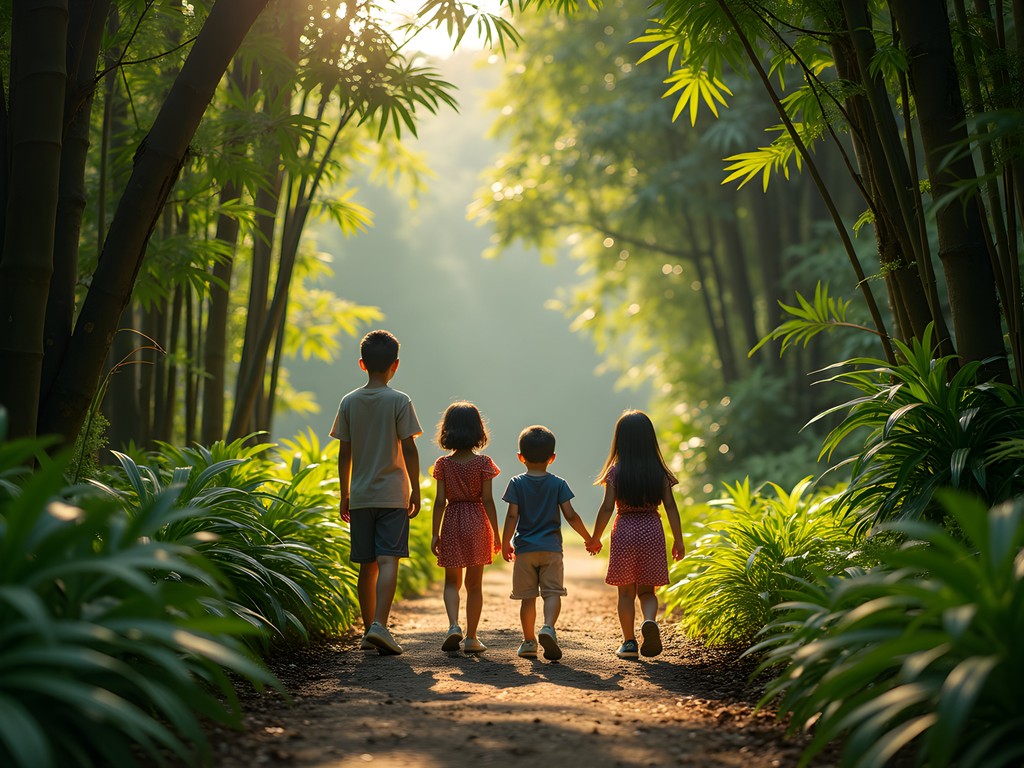
💡 Pro Tips
- Visit Hidden Garden mid-afternoon when local visitors often bring snacks to share
- Bring small gifts (stickers, pencils) for local children you might meet—but always ask parents first
- Allow unstructured 'wandering time' in your itinerary for unexpected discoveries
Sustainable Tourism: Teaching Conservation Through Example
As someone dedicated to sustainability in my professional life, I'm particularly conscious of how we model environmental values to children while traveling. Vigan presents a unique opportunity to discuss heritage conservation in tangible terms.
At the Vigan Conservation Complex, we participated in a simple workshop designed for families to understand the challenges of preserving historical structures. Using small clay bricks and natural binding materials, the children constructed miniature versions of Vigan's famous buildings while learning about traditional construction techniques that have proven remarkably earthquake-resistant.
'Notice how these buildings have survived hundreds of years of typhoons and earthquakes,' I pointed out. 'That's not by accident—it's careful engineering that worked with natural forces rather than against them.'
The Syquia Mansion Museum became another venue for discussing sustainability, as we examined how the ancestral home utilized natural ventilation and passive cooling techniques. I showed the children how air flow was carefully engineered through the building's design—principles that modern green architects are rediscovering today.
'Feel how cool it is in here without air conditioning?' I asked. 'That's because the builders understood physics better than we sometimes give them credit for.'
For families wanting to document these learning moments, I recommend a travel journal where children can sketch architectural details and write observations. My niece filled several pages with drawings of different window designs and notes on how they controlled airflow.
We also discussed the economic aspects of sustainable tourism—how purchasing directly from local artisans helps preserve traditional crafts and provides livelihoods. The children each received a small budget to spend at the Vigan Public Market, where they thoughtfully selected handmade souvenirs and practiced basic Ilocano phrases with vendors.
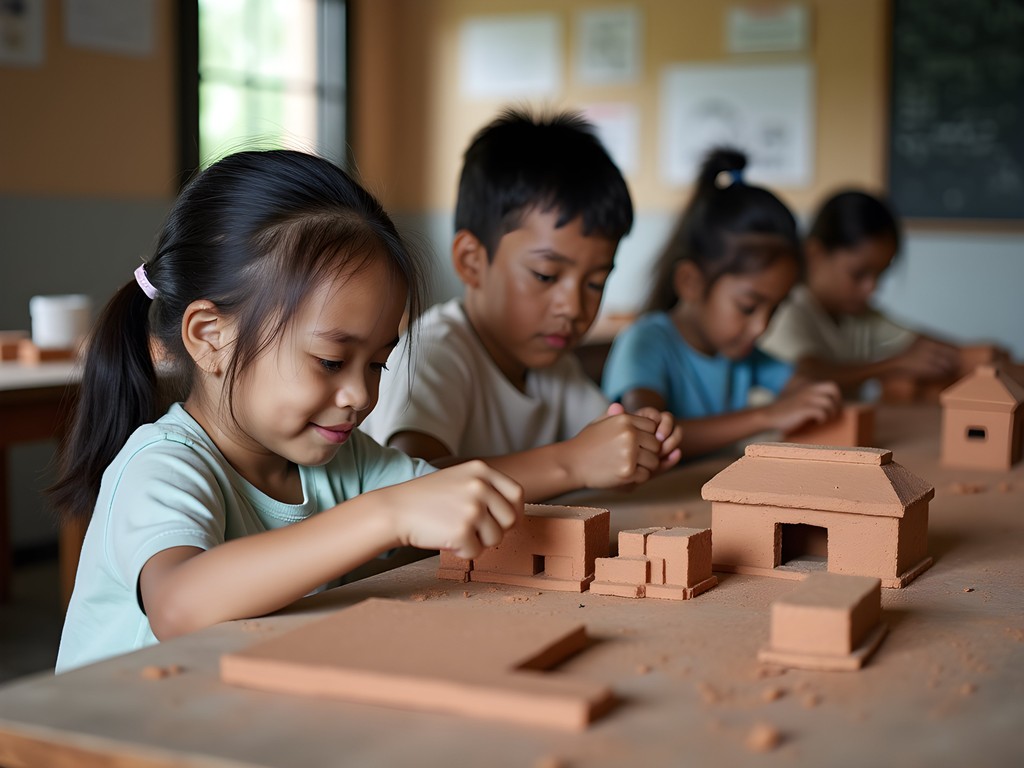
💡 Pro Tips
- Participate in the Vigan Conservation Complex workshops (book at least one day ahead)
- Explain to children how tourism dollars help preserve heritage sites when spent responsibly
- Choose locally-owned accommodations over international chains when possible
Final Thoughts
As our weekend in Vigan drew to a close, I realized we'd experienced something far more valuable than a typical family vacation. Through the eyes of children, this UNESCO World Heritage site transformed from a static museum into a dynamic classroom—one where history, engineering, culture, and sustainability converged in accessible ways. The questions they asked ('Why did they build houses this way?' 'How does the pottery clay turn hard?') reflected genuine curiosity that no textbook could inspire. As we boarded our bus back to Manila, my nephew clutched his handmade miniature burnay jar while my niece reviewed her sketches of capiz windows. 'When can we come back?' they asked. For families considering heritage destinations with children, I cannot recommend Vigan enough. This living museum doesn't just preserve the past—it nurtures future generations who will value and protect our shared cultural and environmental heritage.
✨ Key Takeaways
- Heritage sites can be extremely child-friendly when presented as interactive learning experiences
- Traditional engineering and architectural techniques provide perfect entry points for STEM education while traveling
- Children often form deeper connections with cultural sites when allowed to engage through hands-on activities
- Sustainable tourism practices can be meaningfully taught through direct experience in well-preserved historical settings
📋 Practical Information
Best Time to Visit
December to May (dry season), with February-March being ideal
Budget Estimate
₱5,000-8,000 per day for a family of four including accommodations, food, and activities
Recommended Duration
2-3 days minimum, ideally a long weekend
Difficulty Level
Easy

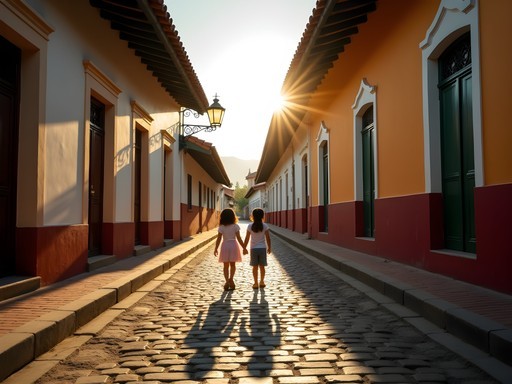
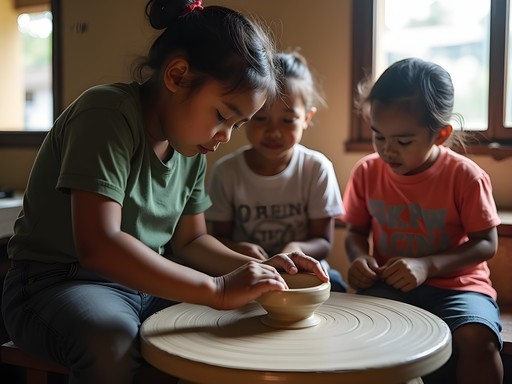
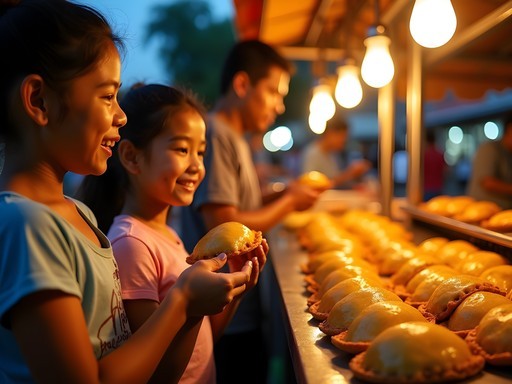

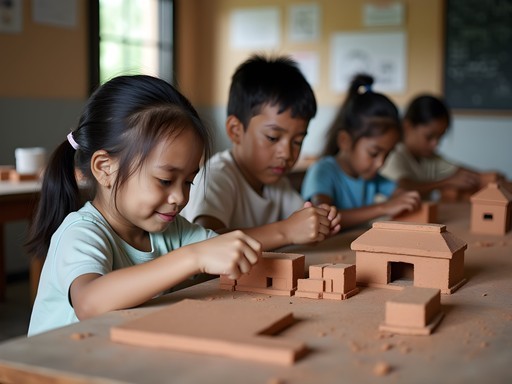


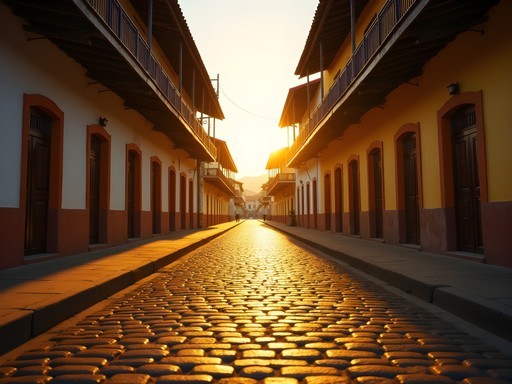

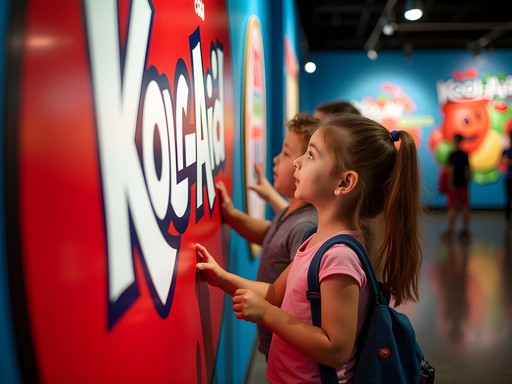

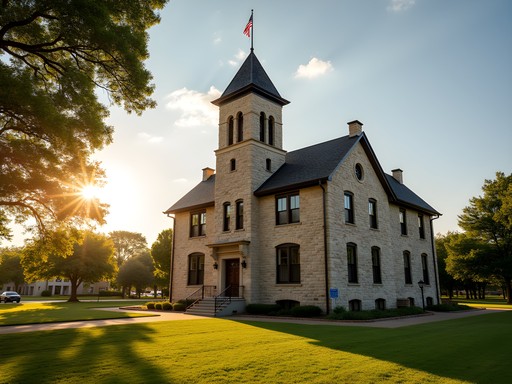



Comments
Oliver Duncan
Robert, your post took me right back to my time in Vigan! While I traveled solo rather than with family, I can see how it would be magical through a child's eyes. The way you balanced historical education with hands-on activities is exactly what more family travel needs to be about. I especially appreciated your "Hidden Corners" section - Padre Burgos House was indeed a gem that most tourists miss. For anyone heading there, I'd add that the early morning (6-7am) is absolutely magical for photography on Calle Crisologo - you'll have those historic streets nearly to yourself before the day tours arrive. Did your kids try the local chocolate drink? I still dream about that rich, spiced flavor!
Robert Cruz
Thanks Oliver! And yes, the kids became obsessed with tsokolate! We actually brought some tablea home and have been making our own version on weekends. That early morning tip is spot on - we did that on our last day and the photos were worth the early wake-up!
nomadone
Just got back from Vigan with my kids last week! If you're going with little ones, I recommend staying at Villa Angela Heritage House - super family-friendly and the staff were amazing with our toddler. Also, we used our travel stroller on those cobblestone streets and it handled them surprisingly well. The burnayan pottery workshop was closed when we went (Monday), so check opening days before you plan!
moonvibes
Your photos capture the essence of Vigan perfectly! That sunset shot on Calle Crisologo is frame-worthy.
hikingmaster9814
Love the night photos of Calle Crisologo! The lighting is magical.
springhero
Planning a trip with my 6 and 9 year olds next month. How many days would you recommend for Vigan with kids? And did you stay within the heritage area or outside?
Robert Cruz
We did 3 days and it felt perfect - not rushed but saw everything we wanted. Definitely stay in the heritage area if you can! We stayed at Villa Angela Heritage House and the kids loved the historical feel. They have family rooms with modern amenities while maintaining the heritage charm.
Douglas Bradley
Jumping in to second Robert's recommendation on staying in the heritage area. The morning and evening atmosphere on Calle Crisologo when most tourists are gone is magical. I used my travel guidebook to find some hidden spots that weren't on the main tourist path. The kids will love Hidden Garden if they need a break from historical sites!
springhero
Thanks both! Just booked 3 nights in the heritage area. Can't wait!
Douglas Bradley
Robert, this is exactly the kind of heritage-meets-family content that's missing from most Philippines travel blogs. I visited Vigan last year (sans children) and was struck by how the preservation efforts balance tourism with authentic local life. The pottery workshop you mentioned - Pagburnayan - was a highlight for me too. Did you notice how they're incorporating sustainable practices while maintaining traditional methods? I'm curious if you found the guided tours at Syquia Mansion worth it for the kids or if self-exploration worked better? Your section on culinary adventures with children was particularly insightful - getting kids to try longganisa and empanada can be challenging but clearly rewarding!
Robert Cruz
Thanks Douglas! We actually did both at Syquia Mansion - started with the guided tour for context, then let the kids explore certain areas at their own pace. They were fascinated by the antique furniture more than I expected. And yes, the sustainable practices at Pagburnayan were impressive - my engineering side was geeking out!
Sage Dixon
Robert, this resonates so deeply with me. My husband is half Filipino and we took our kids (7 and 9) to Vigan last year as part of our heritage journey. That empanada cooking class you mentioned was a highlight for us too! Our son still makes them at home. One thing I'd add for families - the Hidden Garden was surprisingly kid-friendly. The maze-like paths kept our kids entertained while we enjoyed the plants. And for those with picky eaters, we found Café Leona had the perfect mix of Filipino classics and Western options. Did you get a chance to visit Baluarte Zoo? Our kids are still talking about feeding the deer there!
exploreblogger
Those kalesa rides look amazing! My kids would go crazy for that. Did yours enjoy it?
Robert Cruz
They absolutely loved it! The clip-clop of hooves on the cobblestones was like a time machine for them. Just a tip - go early morning or late afternoon when it's cooler.
exploreblogger
Thanks for the tip! Adding it to our must-do list for next summer.
islandlover
How did your kids handle the heat in Vigan? We're thinking of going in October with our 6-year-old who doesn't do well in hot weather.
Robert Cruz
October should be decent! We went in June (much hotter) and managed by starting early mornings, taking afternoon breaks in air-conditioned cafes, and carrying lots of water. The horse-drawn kalesa rides were also a hit with the kids - less walking in the heat!
islandlover
Thanks so much! Those are great tips. My daughter will love the kalesa rides too.
backpackqueen
This is exactly what I needed! Planning a trip with my niece and nephew to the Philippines next year and Vigan just made it to our list! Those workshops sound perfect for keeping the kids engaged.
Robert Cruz
So glad it helped! The pottery workshop was definitely our kids' favorite - book in advance if you can!
Venture X
Premium card with 2X miles, $300 travel credit, Priority Pass